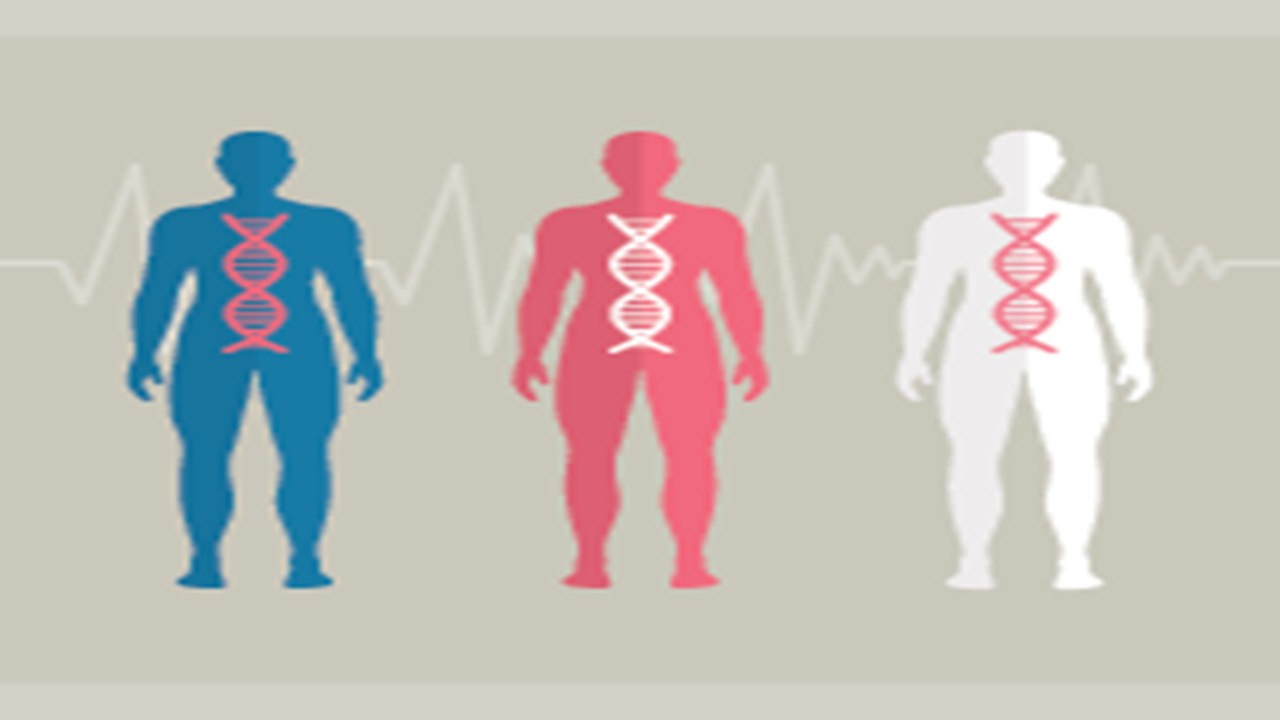
Welcome...
Hello and welcome to another #steemitschool blog! This post will focus on the topic of variation. I hope you find it useful!
What is variation?
The differences found within organisms that are part of the same species.
There are 2 types of variation...
- genetic variation
- environmental variation
Genetic variation
 Genetic variation comes as a result of possessing different genes.
For example, your characteristics will be based upon the genes inherited from your parents' sex cells (gametes).
It's important to realise that any two species cannot be genetically identical (unless they are identical twins).
Gene based characteristics are: blood group, colour of eye and inherited disorders.
Genetic variation comes as a result of possessing different genes.
For example, your characteristics will be based upon the genes inherited from your parents' sex cells (gametes).
It's important to realise that any two species cannot be genetically identical (unless they are identical twins).
Gene based characteristics are: blood group, colour of eye and inherited disorders.
Environmental variation
However, not all characteristics are determined by our genes! They can also be effected by our surrounding environment.
For example 2 plants, of the same type, grown in contrasting environments will produce different characteristics. A plant left in sunlight would cause the leaves to be a strong green colour. On the contrary, a plant left in darkness would grow tall/thin and display yellowish leaves.
Characteristics are generally influenced by a combined workforce of both genes and the environment.
Features such as: height, mass, teeth condition, academic/athletic skill and skin colour is controlled by both your genes and the environment that surrounds you.
E.g. Your maximum height is dictated by genes. However, environmental factors such as diet and quantity of sleep, could influence whether your maximal height is reached or not.
Mutations can cause Variation!
A mutation is a change occurring to the sequence of bases within the DNA.
This change can result in a new phenotype (characteristic) being produced. However, it's very rare!
Nonetheless, if this new phenotype makes an organism more suited to it's current environment, then it could come to be more prevalent throughout a particular species in quite a short space of time (through natural selection).
Here is just a quick video to try and reinforce the ideas within this blog...
Thanks for reading and I hope you learnt something new today! All information contained within this blog has been sourced from an AQA Biology textbook.
Wishing you a great weekend,
Jonathan. :)


Good post
Thank you!
thanks for sharing this post after a long good to see you wonderful post with great insights you have come up with
Thank you for your continued support @blazing! I've been preparing for my GCSEs which are approaching shortly, thus the long time without posting. Hope all is well :)
interesting post you shared good to learn this
Thank you. I'm glad my post was useful and interesting to you! :)
wow this post is so amazing to.
thank you @jonathanyoung
Thank you! You're welcome :)
Awesome! Nice post jonathanyoung
Thank you sharing
I would be happy to visit my profil https://stееmit.com/@matthewmunseyart/a-debt-unpaid
I will follow you.
Great content✌ Have got a question, You mentioned something about identical twins sharing the same gene, is it the same for triplets(a boy and 2 girls)?
Great question! According to a source I found on the internet, it is possible to have identical triplets. However, it's not all that common. For a boy and 2 girls to be produced, they cannot be exactly identical as there is a variation in gender. I'm guessing that means that the boy would need to have different genes to the other 2 girls.